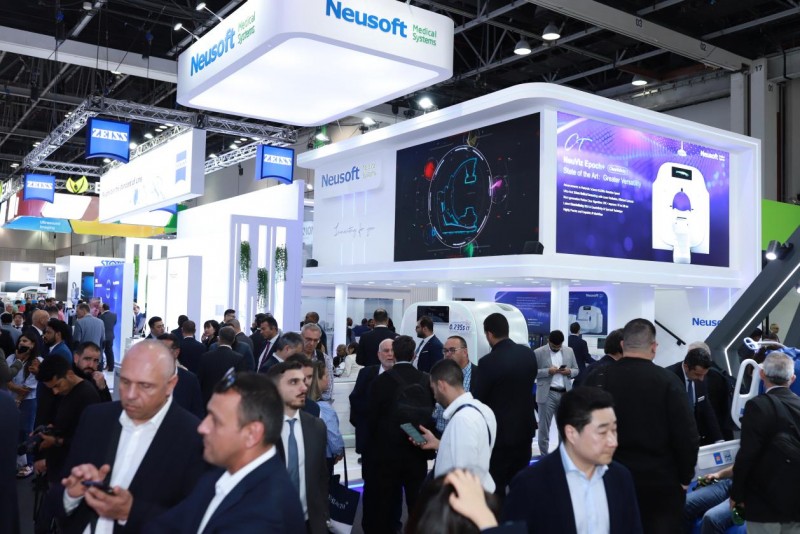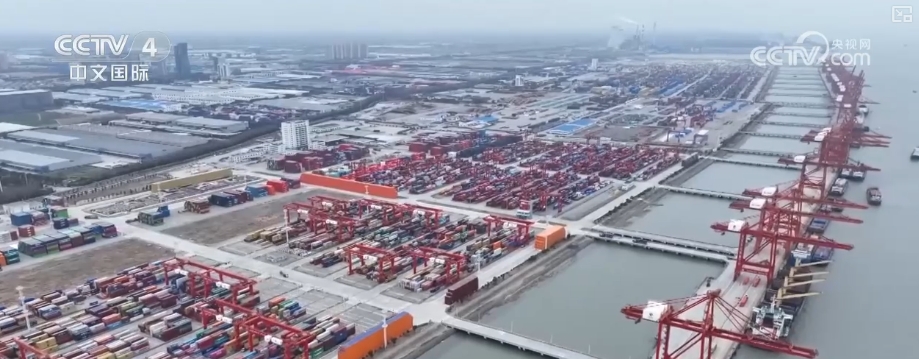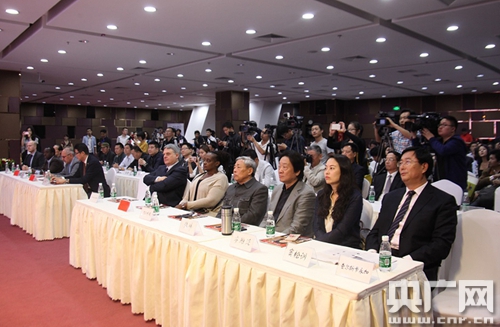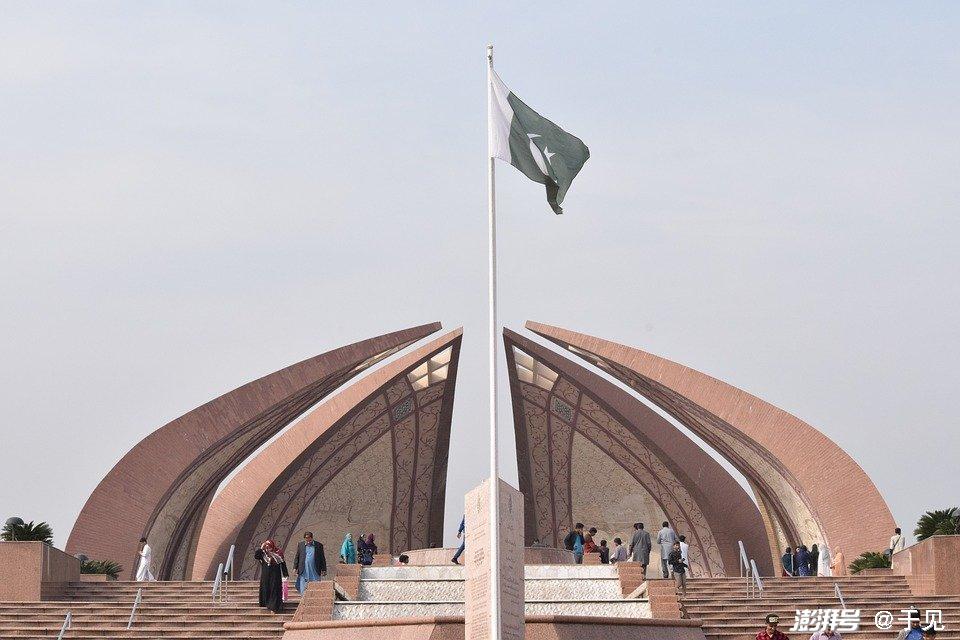The Role Of Nanjing Jiangbei New District In The Yangtze River Economic Belt
The Role Of Nanjing Jiangbei New District In The Yangtze River Economic Belt
As the core node and national strategic platform of the Yangtze River Economic Belt, Nanjing Jiangbei New District relies on its unique location advantages, industrial foundation and policy superposition effect.
As the core node and national strategic platform of the Yangtze River Economic Belt, Nanjing Jiangbei New District plays a multi-dimensional key role in promoting the high-quality development of the Yangtze River Economic Belt with its unique location advantages, industrial foundation and policy superposition effects:
1. The hub fulcrum of national strategy
Jiangbei New District is located at the intersection of the Yangtze River Economic Belt and the eastern coastal economic Belt, and is an important node for the Yangtze River Delta to radiate and drive the development of the middle and upper reaches of the Yangtze River. Its geographical location makes it a transportation hub that "continues east to west, connects south to north" - it has built a cross-river channel system of "five bridges, three tunnels, two railways and three rails", and major hubs such as Nanjing North Station and Xiba Port are accelerating their advancement, forming a "road, rail, water, and air" multimodal transport network to enhance the accessibility of the Yangtze River Economic Belt. For example, Qiba Port Area, as the only container terminal on the north bank of the Yangtze River, has a throughput of 355,000 TEUs in 2024, and a target of 450,000 TEUs in 2025. It will be linked with ports such as Shanghai and Ningbo through the "water ecological expressway" to strengthen the river-sea transshipment function. This hub status makes it the core carrier of factor flow and resource allocation in the Yangtze River Economic Belt.
2. Demonstration highland for industrial upgrading
With the positioning of "Modern Industrial Cluster in the Yangtze River Delta Region", Jiangbei New District has built a "2 4 N" modern industrial system to promote the high-end and green development of the Yangtze River Economic Belt industry:
- Renewal of traditional industries: The output value of the two major advantageous industries of petrochemical and steel exceeded 250 billion yuan, and major projects such as the upgrading of Yangtze Petrochemical technology (total investment of 17.3 billion yuan), and the comprehensive utilization of Yangtze Yangba light hydrocarbons (total investment of 25.6 billion yuan) adopt low-carbon technology to create a modern petrochemical benchmark. New Materials Science and Technology Park has ranked second among chemical parks in the country for four consecutive years, and has achieved green transformation through environmental protection rectification.
- Emerging industries gather: The integrated circuit industry gathers more than 500 enterprises, covering the entire chain of design, manufacturing, packaging and testing; the life and health industry gathers more than 1,300 enterprises, the Biomedicine Valley is ranked 8th in the country in competitiveness, and the Biopharmaceutical Products Manufacturing Cluster was selected as a national innovative industrial cluster.
- Future industrial layout: Focus on cutting-edge fields such as gene and cell therapy, hydrogen energy storage, etc., and seize the commanding heights of new quality productivity.
3. Innovation-driven source engine
As a "pilot zone for independent innovation", Jiangbei New District has built an innovation source for the Yangtze River Economic Belt through the advantages of "dual zone superposition" (national new zone free trade zone):
- Integration of science and technology innovation resources: Gather international innovation resources such as Cambridge University and Harvard Medical School, build a national biomedical regional technology transfer and transformation center for universities and universities, and promote innovation in the "research and investment integration" model. The target of the total R&D investment in the whole society will reach 4.5%, and the number of high-tech enterprises will exceed 2,000.
- Accelerated results transformation: The Nanjing Free Trade Pilot Zone has created a "one-stop" centralized biomedical supervision platform, and 7 reform experiences have been replicated and promoted throughout the province; the "Ningyantong" platform provides full-chain services for reference preparations to more than 20 pharmaceutical companies in the Yangtze River Delta.
4. Ecological model for green development
Jiangbei New District adheres to the bottom line of the Yangtze River protection, and takes the "ecological priority and green development" as the orientation to create an ecological governance demonstration of the Yangtze River Economic Belt:
- Ecological space protection: The blue and green space in the entire region accounts for 70.6%, with 94 kilometers of Yangtze River coastline and 112 square kilometers of Laoshan National Forest Park. The 18 kilometers of riverside scenic belt is fully connected. Ecological restoration projects such as Xinghu Park have become practical samples of "green water and green mountains are gold and silver mountains".
- Transformation of low-carbon industries: New Materials Science and Technology Park reduces energy consumption through circular economy models, Nangang and other enterprises promote technologies such as hydrogen energy steelmaking and waste heat utilization, and Xinghu Carbon Neutralization Industrial Park focuses on the hydrogen energy and energy storage materials track. In 2024, the PM2.5 concentration will drop to within 36 micrograms/cubic meter, and the air quality is more than 85%.
5. The core link of regional coordination
Jiangbei New District promotes the integrated development of the Yangtze River Economic Belt through a cross-regional cooperation mechanism:
- Deep integration of the Yangtze River Delta: jointly build the Yangtze River Delta scientific instrument open sharing alliance with cities such as Shanghai and Hefei, adding 911 new services to cover 52 enterprises; the "cross-provincial handling" case of real estate registration in the Yangtze River Delta was selected as a sample of institutional innovation. Platforms such as Dingshan-Fanhe Cross-border Demonstration Zone, Ninghuai Intelligent Manufacturing Industrial Park have deepened the coordination between Jiangsu and Anhui.
- Middle and upper reaches of the river linkage: Relying on the Yangtze River Golden Waterway and the China-Europe Express (Nanjing Line), strengthen industrial cooperation with cities such as Wuhan and Chongqing. For example, the Nanjing area of the Free Trade Zone reduced the logistics costs of enterprises along the Yangtze River by more than 200 million yuan through the "direct entry and direct access" transportation model, and was selected as an innovative case of the Yangtze River Economic Belt.
6. Open cooperation portal window
As an "important platform for opening up and cooperation in the Yangtze River Economic Belt", Jiangbei New District uses the Nanjing area of the Free Trade Zone as a starting point to explore institutional opening:
- Leading the foreign-funded projects: Attracting Fortune 500 companies such as Germany's BASF and France's Air Liquefaction. The "Belt and Road" projects such as Hengyi Brunei Petrochemical (contracted by Nanjing Nanhua Construction) have become models of international production capacity cooperation. In 2024, the actual use of foreign capital was US$1.475 billion, and the total import and export volume was US$7.92 billion, an increase of 3.1 times and 2.5 times respectively compared with 2015.
- Trade facilitation innovation: The first policy of "bonded research and development" and "cross-border data flow" to promote the development of new business formats such as digital trade and shipping finance. For example, the "mediation center" of the free trade zone resolves international digital trade disputes and is selected as an innovative case in the Yangtze River Delta institutional areas.
7. Practical benchmarks for new urbanization
With the goal of "New Urbanization Demonstration Zone", Jiangbei New District explores industrial-city integration and urban-rural coordination:
- Urban function improvement: Plan and build a new main city in Jiangbei, gathering 3 million people, and creating an important carrier area for Nanjing's international consumption center city. The Nanjing North Station Area Convention and Exhibition Center, Xinxingli Commercial Street and other projects have improved service support.
- Ecological livability demonstration: The ecological spaces such as Xinghu Park and Longwangshan Country Park are organically integrated with industrial parks to form a symbiotic pattern of "mountain, water, city and forest". Yanjiang Street has managed 19 river channels through the "river chief system technology" to achieve clear water and green banks.
8. Test field for institutional innovation
As Jiangsu's only "dual zone superposition" platform, Jiangbei New District has taken the lead in trying out the fields of administrative management and market-oriented allocation of factors:
- Breakthrough in approval reform: Take the lead in achieving the "2330" reform goal (2 working days for enterprise establishment, 3 working days for real estate registration, and 30 working days for industrial construction project construction permits), and the business environment ranks among the top in the national-level new district.
- Financial Openness and Innovation: Establish Jiangsu Yangzijiang Industrial Financial Cluster, explore pilot projects such as intellectual property pledge financing, data intellectual property registration, etc., and promote the deep integration of science and technology finance and industry.
Conclusion
Nanjing Jiangbei New District has fully supported the strategic orientation of "jointly protecting and not engaging in large-scale development" through six dimensions: hub functions, industrial upgrading, innovation-driven, ecological protection, regional coordination and open cooperation, and has become the core engine to promote the high-quality development of the Yangtze River Economic Belt. Its "dual-zone linkage" model and "industry, city and people" integration path provide replicable and popularizable experience for other regions of the Yangtze River Economic Belt, and will play a more profound demonstration and leading role in the integration of the Yangtze River Delta and the national strategy of the Yangtze River Economic Belt in the future.
#Nanjing Jiangbei New District#
#Yangtze River Economic Belt#
#Yangtze River Delta#





